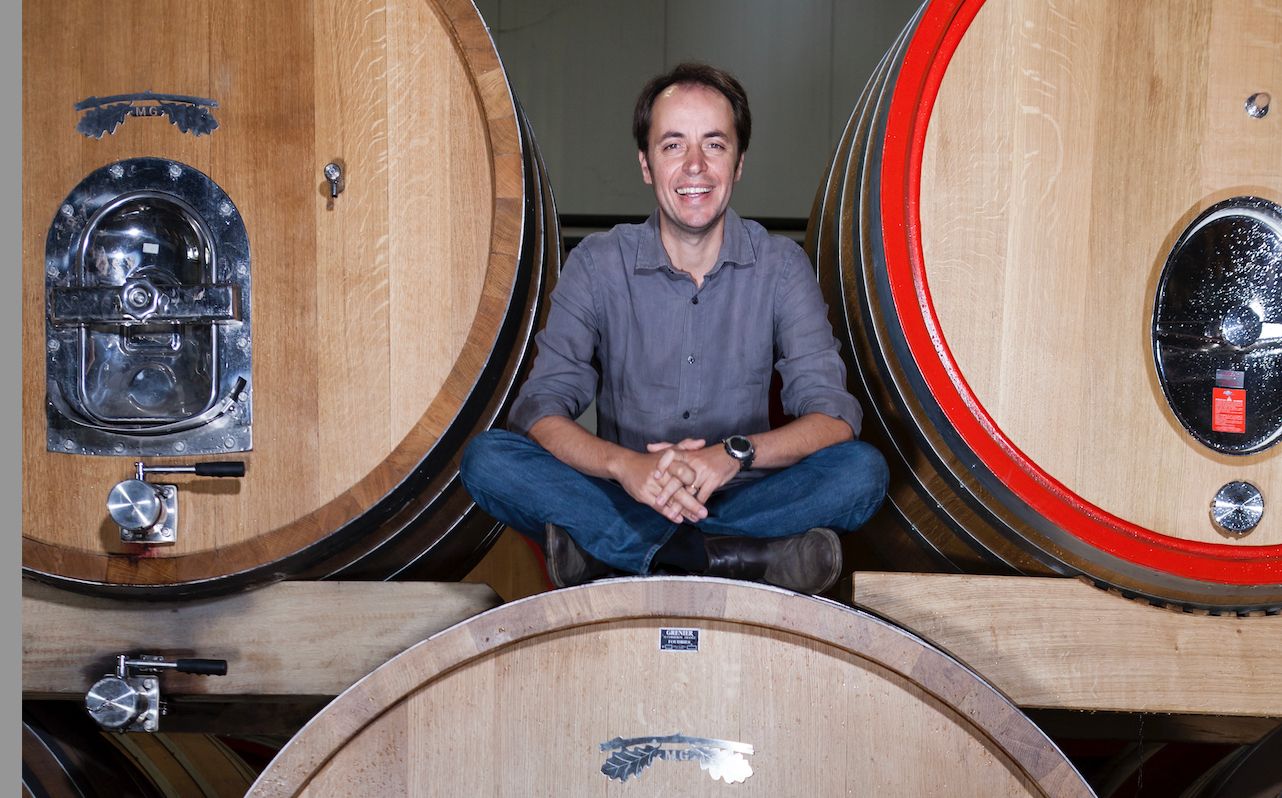Sustainable packaging, canned wine, a new Winebeer brand and investing in a state-of-the-art new winery is all part of how Viña Morandé, part of the Morandé Wine Group, is looking to raise the bar in every aspect of its business.
Where do you see the Chilean wineindustry to where it was five to 10 years ago?
Chile is achieving more consumer interest than ever before thanks to its high-quality wines offering value for money at every price point, alongside the category’s diverse choice. As a result, we’ve seen an upward trend in the price Chilean wines are commanding in recent years – particularly from newer and smaller experimental projects in the north and south of Chile in regions like Itata and Malleco Valley.
What are you doing to raise the profile, image and reputation of Chilean wine?
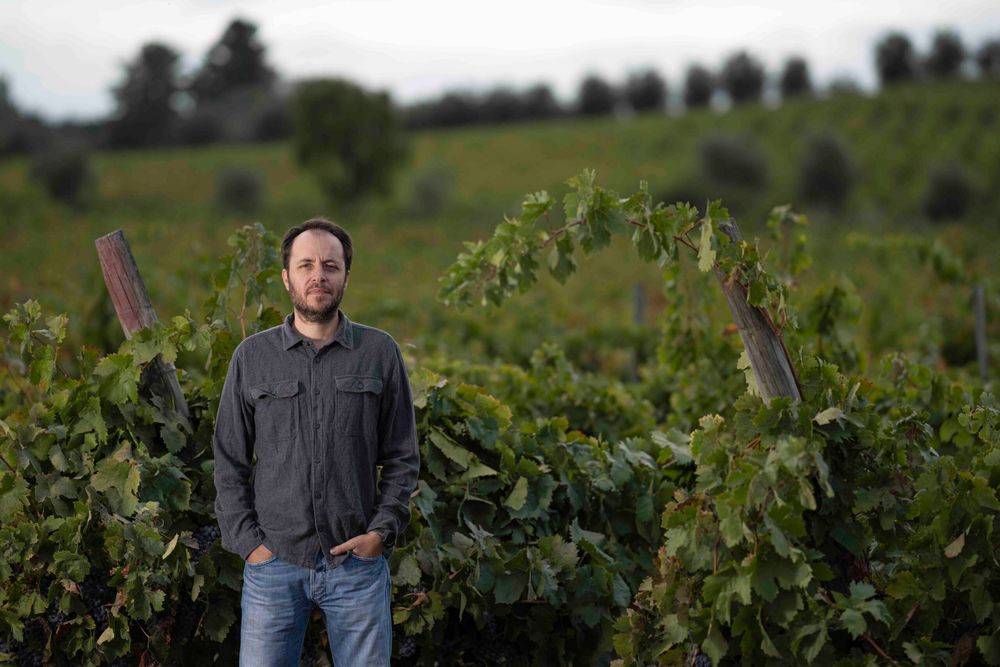
Ricardo Baettig is proud of the steps Viña Morandé is taking to raise not just its game but that of the Chilean wine sector
We’re focussed on innovation, introducing alternative packaging formats, and exploring and experimenting with new regions and grape varieties to produce new levels of quality and uniquely creative blends.
Our investment in innovation includes encouraging a younger demographic of legal-age consumers into Chile. We’ve brought new low alcohol options to market, including delicious whites at only 8% ABV. Innovation is in our DNA and Morandé is not afraid to challenge what is expected of a Chilean wine brand and so we’ve also launched a non-traditional beverage using hops and yeast – Winebeer – as well as creating a natural-flavour apple wine.
We’ve introduced alternative packaging formats into our offering with The Applicant range, which includes a sparking rosé and sparkling Sauvignon Blanc available in 250ml (13% ABV) cans. We’ve also introduced 20 litre kegs as more sustainable way for the on-trade to offer high-quality wine by the glass.
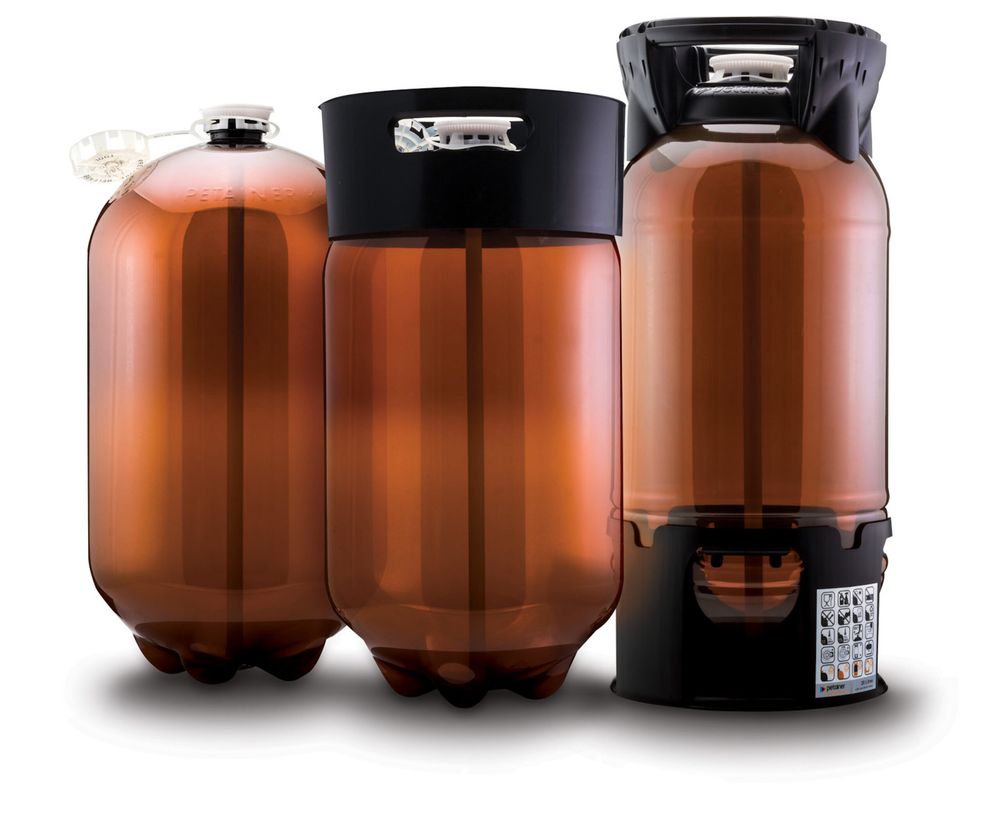
Part of a new sustainable future: Viña Morandé is offering its wines in more sustainable 20 litre kegs
We’ve also been actively exploring and experimenting with new regions and the vast diversity of terroirs within Chile to craft unique expressions of grape varieties and produce a wide range of wines.
This has resulted in our Morandé Black Series – a high-quality Chardonnay and Pinot Noir from the Malleco Valley in the heart of Araucanía, which was quite unthinkable just a few years ago for the development of high-end wines. Our Morandé Chardonnay Black Series (RRP £17.99) was recently listed in Majestic and scored 95 points in Tim Atkin MW’s 2022 Chilean Wine report.
We’re working to revive and revitalise our old vineyards, as well as varieties like Cinsault, Carignan, País and Semillon. This is allowing us to produce creative blends that are perfect for everyday occasions, like our new Vinos del Valle Del Maule Terroir Wines. Available for the first time in the UK through Berkmann Wine Cellars, they combine traditional Chilean grape varieties with softer Mediterranean varieties. The grapes are harvested by hand and the range pays homage to the region’s ancient traditions, small artisanal producers, old head-pruned vines and everything representing Chile’s cultural heritage.
We’re also exploring and experimenting with other grape varieties well-suited to our climate, like Grenache and cold-climate expressions of Malbec, Syrah and Cabernet Franc.
Where do you see the biggest potential for Morandé and Chilean wine in the next few years?
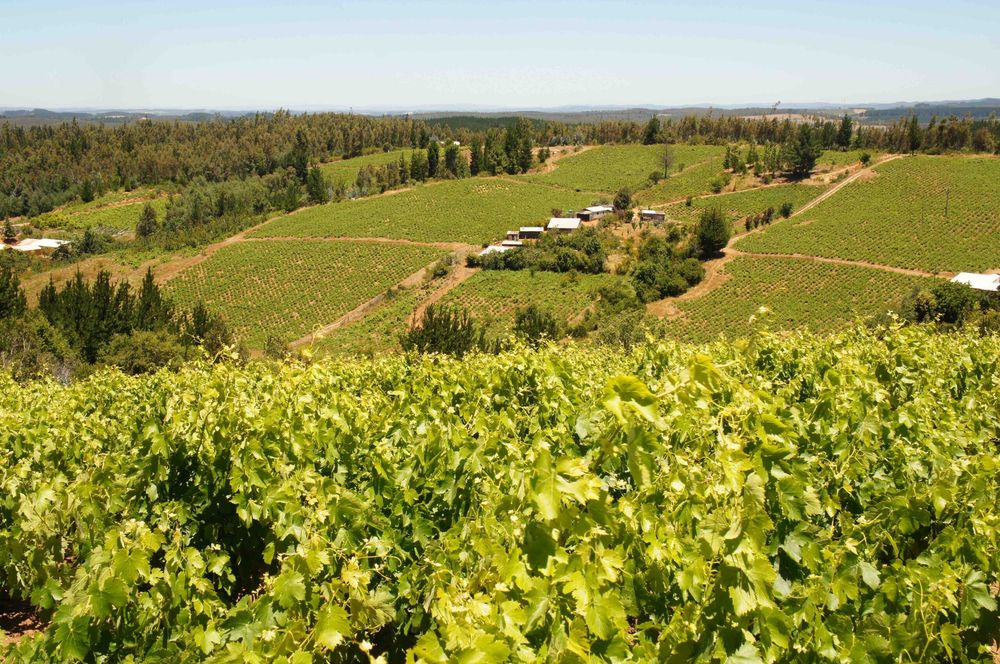
Exploring new areas like the Itata valley and seeing what new styles of wine they can offer is going to be key to how Chilean wine evolves and gets better, says Ricardo Baettig
We see three key opportunities; the exciting renaissance of Chilean País, growing consumer interest in different regions and styles of wine and the incredible quality and value for money Chilean wines offer – particularly at the premium end.
Consumer preferences have been moving toward fresher and fruitier styles of wine for some years now, which is helping to drive interest in Chilean País. First brought to Chile in the 16th century, it produces high-quality lighter and fresher fruit styles of red wine.
Our Vinos del Valle Del Maule Terroir Wines Cinsault-País is proving particularly popular and was recently recommended by Decanter as a New Word ‘Value Gold’.
When it comes to regions, Maipo and Casablanca have earned an important place in the market and are now highly recognised among consumers. Morandé was the first producer to plant coastal vineyards in Casablanca, a valley that is now undoubtedly leading the way in terms of recognition and appreciation. As such, we’re soon launching a red wine from there that we believe takes the potential of Casablanca to a new level – a wine that brings the purest expression of this unique terroir and its potential to life.
Consumers are also increasingly open to exploring new regions offering interesting expressions of different grape varieties. This is great news for Chile as there’s still vast untapped potential as we’re seeing with our Morandé Black Series from Malleco and our new Vinos Del Maule terrior wines.
You want to be seen as Chile’s most innovative producer – how are you doing that and what initiatives are you introducing?
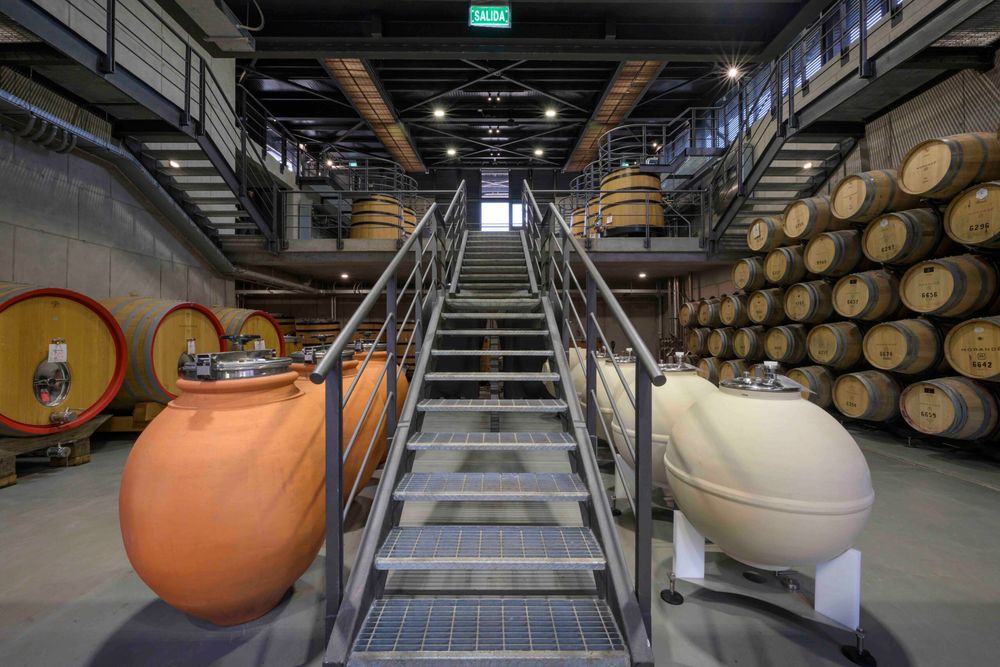
Viña Morandé’s new state-of-the-art Aventura winery in Pelequén in the Cachapoal Valley has been designed to help it take its winemaking precision to a new level
We’re focussed on innovating across every step of the winemaking journey; everything from exploring new denominations of origin, to recovering diverse heritage varieties, introducing new formats and NPD, experimenting with non-traditional vinification methods, blending traditional techniques with the latest technology and experimenting with varietals in a way that show the truest Chilean terrior expression.
Our new Aventura (Adventure) Winery is playing a key role. By continually experimenting within the new winery, we’re generating greater knowledge and understanding that can be applied to our entire portfolio – allowing us to innovate faster and bring relevant new products to market for consumers and retailers.
If consumers are cutting down, we have low and no options. If they’re looking to experiment, we have new varietals and products to explore. If they want to stick to their favourites, we have the best of what Chile traditionally has to offer. If they want something completely unseen before, they can try our Winebeer and if they’re interested in new formats, we have everything from 20 litre kegs for wine by the glass, to cans, bulk wine and lighter glass bottles.
This, combined with access to some of Chile’s best vineyards and exceptional wine making talent, means we’re uniquely placed to bring the best of the traditional and the progressive to create Chile’s most innovative wine offer.
Can you tell us about the Adventure Wine Facility and what impact that will have?

It is hoped the Adventura winery can help make “authentic, one-of-a-kind wines capable of driving Chile forward”
Morandé Wine Group has pioneering roots in Chile and is responsible for many of region’s advances – perhaps the most important being the “discovery” of the Casablanca Valley as one of the best terroirs for growing cold-climate grape varieties.
The Aventura Winery embodies this spirit and now represents the most modern and diverse winemaking facility in Chile. Located in Pelequén in the Cachapoal Valley, it’s equipped with technologies that are allowing us to experiment with new varieties, test innovative fermentation and aging vessels, and try out new techniques to deliver authentic, one-of-a-kind wines capable of driving Chile forward.
Designed by the renowned architect Samuel Claro, the winery blends its architectural beauty with the local landscape. Its open spaces, large windows and glass walls maximise the use of natural light and the cellar of the winery is embedded deep in the soil of the vineyards. This design minimises its impact on the land and makes use of gravity to drive significant energy savings, while also caring for the grapes.
Tell us about the Cabernet Sauvignon project in Ránquil, in the Itata Valley?
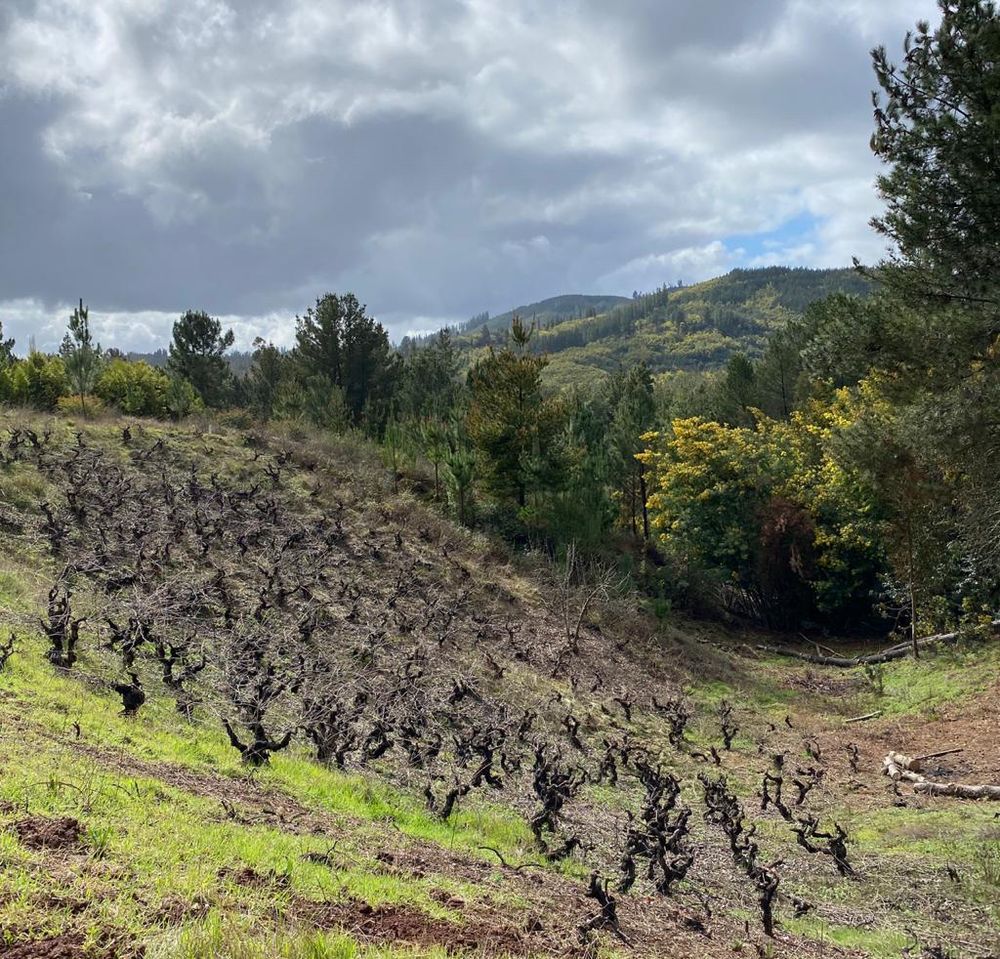
There are high hopes for the vines and wines being made in Ránquil in the Itata Valley
As part of Morandé’s commitment to discovering new terroirs in Chile, we’re developing a Cabernet Sauvignon in Ránquil in the Itata Valley that we believe will show a quality so far unprecedented in Chile.
It’s a particularly rare and exciting project as there are very limited hectares of Cabernet Sauvignon in Itata, and we’re working with a more than 120-year old dry-farmed vineyard.
What new viticultural and vinification practices have you introduced and what impact are they having?
In our vineyards, we’re using high-density, low yield farming to encourage vine competition, which improves quality and maximises terrior expression. In our Maule vineyards, we also use dry farming to get the most concentration our of our Mediterranean varietals like País.
In our winemaking, we’re innovating using a combination of old techniques with the latest technology to highlight the truest expression of varietal character and terrior. We were one of the first to adopt new oenological practices such as using concreate ‘eggs’, as well as using the traditional but forgotten large oak foudres to produce our reserve-level wines.
Our new Aventura Winery takes this a step further; we’ve got an even wider variety of ageing vessels to experiment with. These include truncated conical tanks, open-topped oak tanks, ceramic tanks, inverted eggs, buried amphorae, troughs, oxoline barrel systems, and Clyver ceramic wine barrels – all designed to extract the maximum potential from every grape variety we vinify and allow the wines to acquire greater expression of fruit, elegance, and balance.
All of this provides our enological team with opportunities to experiment with new varieties, test fermentation and aeging vessels, and explore new techniques to deliver authentic, one-of-a-kind wines capable of driving the national industry forward.
What are your fastest growing export markets and why?
On a global level, Chile has been growing at a very good rate; approximately 9% in value and 2.8% in volume, led predominantly by China, Brazil, the UK, and USA – countries seeing growth in both volume and value. This is primarily being driven by growing desire for, and recognition of, the quality of Chilean wine and its unique flavour profiles thanks to Chile’s diverse terriors.
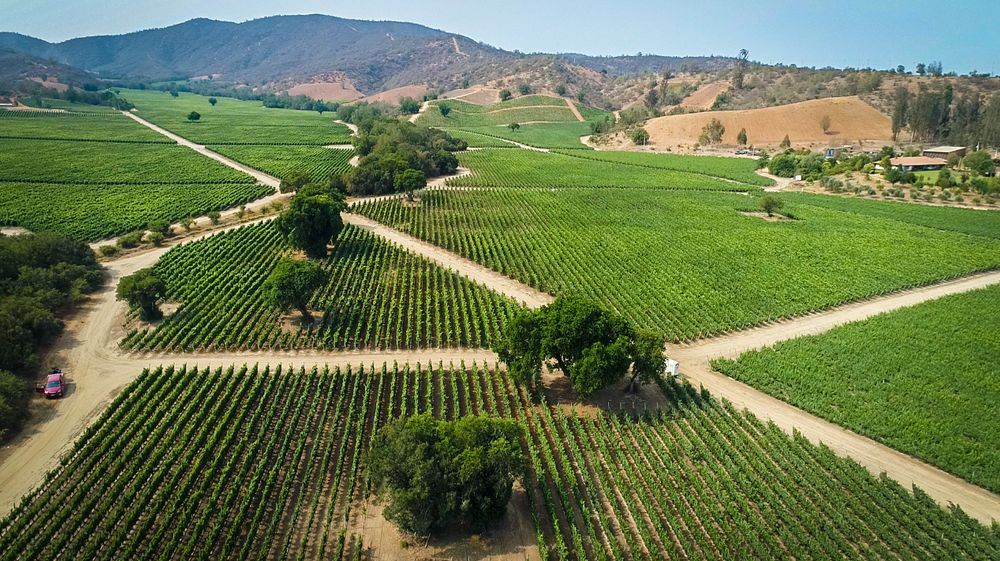
The Casablanca Valley has become an important wine region for major Chilean players like the Morandé Group
There’s also been a marked increase in demand for Sauvignon Blanc driven partly by the scarcity in New Zealand and Europe. Between January and October 2022 alone, we sold the same volume of Sauvignon Blanc as we did for the whole of 2021, representing approximately 19% increase in value compared to 2021 led by the UK, Brazil, US and national market.
What do you see as your biggest opportunities?
Everything we’ve discussed culminates in Morandé offering the most comprehensive range of relevant and innovate wines from Chile that suit the needs of today, while getting ahead of the trends of tomorrow.
Our research into what people want, combined with our ability to innovate at speed thanks to our new Adventure Winery, means we’re able to achieve this by reacting faster, predicting quicker and protecting more easily.
We’re got a clear vision of the future, a solid track record of innovation, and a commitment to making high-quality and unique wines. We’re recognised in Chile and Latin American as truly innovative and pioneering winery since we born in 1996 thanks to the vision and path carved out by Pablo Morandé, which continues to play a decisive role in opening up opportunities for the Chilean wine industry.
What do you see as your biggest challenges and what are you doing to overcome them?
Water scarcity is the most pressing issue and a challenge throughout the whole north-central zone of Chile. To mitigate this challenge, we’re using biofilters for the treatment of wastewater, introducing new warehouse cooling systems, using drip irrigation in our vineyards and planting vines in particular ‘patterns’ to deepen their roots – making them more resistant to drought and reducing water consumption.
We’re still awaiting data for this harvest, but our Pelequén winery achieved a 50% reduction in water consumption since 2020 and in Isla de Maipo the water extracted from deep wells was reduced by 28%; 207,189 m3 of water in total – the equivalent to just over 61 Olympic swimming pools.
Looking ahead, we’re working on re-using treated water for the irrigation of crops (both our own and neighbouring communities) and implementing more energy-efficient technologies in our wineries that allow us to use water in even more efficient ways.
Anything else?
Chile must continue establishing its national image in the world by carving out a clear positioning – high-quality wines with great diversity and originality. Chile clearly has enormous potential for presenting a strong, dynamic, and ample portfolio, and it’s important for the world to know that Chile is all that and more.
As a region, there’s also an opportunity to understand how best to market Chilean wines and develop a cohesive message.
- You can find out more about Viña Morandé at its website here.
